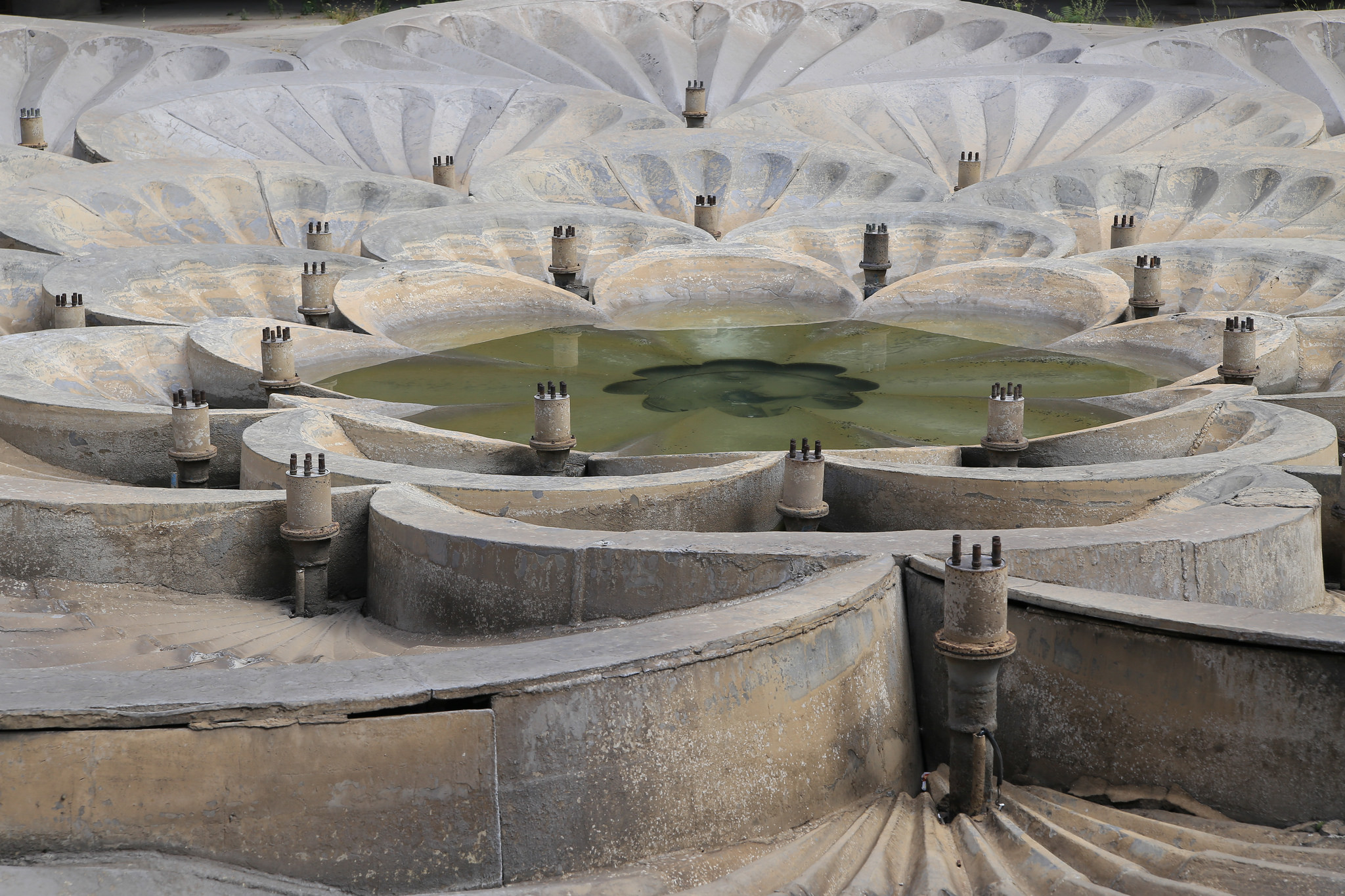East European Performing Arts Platform (EEPAP) supports the
development of contemporary performing arts (dance and theatre)
in 18 countries of Central and Eastern Europe.
The Origin of Armenian Theatre and Transformation of Theatrical Process (Part I)

Photo: "Armenia - Yerevan" (CC BY-SA 2.0) by Stefano Bolognini
When speaking about Armenian theatre, many researchers find parallels between it and the history of ancient theatre as Armenian theatre went through a number of stages in its development. Cultural transformations as well as numerous historical changes affected the formation of Armenian theatre in particular and culture in general. Obviously, the last century is the most important period for the development of Armenian theatre. This was the time when various theatre groups working both within and outside the country united to create the national theatre the way we know it today.
The conversion to Christianity (301 AD) as a state religion had a particular role in Armenian history. It is important to note that in Armenia the church took a stance against theatre. Many historical factors determined the subsequent development of the theatre and had a negative effect on the evolution of theatrical process.
The dawn of Armenian theatre is the 19th century, when the “Aramyan Tatron” (Aramyan Theatre) was founded in Constantinople (modern-day Istanbul), the then cultural centre for Western Armenians. This very theatre preserved cultural traditions and brought up a new generation of Armenian actors under the leadership of O. Gasparyan. It is worth noting the great influence of European theatre and playwrights on theatrical process in Armenia. During the whole 19th century amateur groups emerged one after another in Constantinople and Tbilisi (Tiflis). At the end of the 19th century the Turkish government started to persecute Armenian theatres in Constantinople and many Armenian actors, such as Petros Adamyan, Siranush, Martyros Mnakyan, and Rachya Azniv, moved away. The part of Adamyan, who began his theatrical activity in Constantinople, was particular. Soon after the start of his career, the actor moved to Russia and toured in different cities. Adamyan performed in Armenian and French and was also the first actor to play Hamlet in Armenian. By the temper and emotion of his performance, his contemporaries compared the actor to the masters of the Italian theatre of romanticism: Ernesto Rossi and Tommaso Salvini. Just like the Italian masters, Adamyan became famous for his performances in Shakespeare's tragedies. His career had an influence on many Armenian actors, such as Siranush, Ovanes Abelyan, and Vangram Papazyan. Besides his acting career, Adamyan was also a poet and an artist, and Tbilisi Armenian Drama Theatre (Tbilisi State Armenian Drama Theatre of P. Adamyan) founded in 1856, is named after him.
One of the most interesting actresses, who became popular in Transcaucasia and toured around Bulgaria, Greece, and Egypt, was Siranush. After the Russo-Turkish War, many actors moved to Tbilisi due to the persecution of the Armenian population by the Ottoman authorities. The acting career of Siranush began in operetta theatre in Tbilisi, but soon she got the part of Ophelia, becoming an irreplaceable partner of Hamlet-Adamyan. Only in 1897-1901 she played over thirty roles, including Medea, Marguerite Gautier, Mary Stuart. The reviews of Siranush's acting are contradictory, though her name is linked to the unique performance of the Hamlet part. Her temper was often compared to that of Sarah Bernhardt, whom Siranush admired. Siranush took the role of Hamlet for the first time in 1900, presenting a part from the fourth act of the tragedy. This theatrical experiment did not receive much attention, yet a year later the actress acted the whole play. Many theatrical critics did not support her brave decision, but the actress managed to convince many with her acting technique and emotionality. She became a muse for many Armenian playwrights, who worked on Armenian heroines for their plays in the early 20th century. Siranush became the first actress to perform roles from the plays of Armenian author Alexander Shirvanzade.
Another representative of the Western European acting school is Vagram Papazyan, who received his world fame for the part of Othello. His career is impressive: countless roles in classical drama, work in various theatres, cinema parts and literary work. Papazyan studied in Italy: first in Venice (1905-07) and later at the Milan Academy of Arts (1908-11). He was acting in plays with E. Duse, E. Novelli, E. Zacconi and other great actors; he also worked in Paris. On his return to the Soviet Union in 1922 he was involved mainly in theatre: acted and directed various plays for Armenian groups in Yerevan, Tbilisi, and Baku, and became an actor and director of the 1st Armenian State Theatre (now the Armenian Theatre of Gabriel Sundukyan) in Yerevan. In the early 1930s Papazyan lived in Leningrad (now Saint Petersburg), where he survived the blockade during the Second World War; toured about the USSR and in France. He played Othello and Hamlet in the “Odeon” theatre in Paris. In the early 1950s Papazyan returned to Yerevan, the Armenian Theatre of G. Sundukyan, while remaining the master of Armenian stage.
_____________
Ani Harutyunyan is an art historian, theatre critic, cultural manager and performing arts curator. Read more about the author here.
